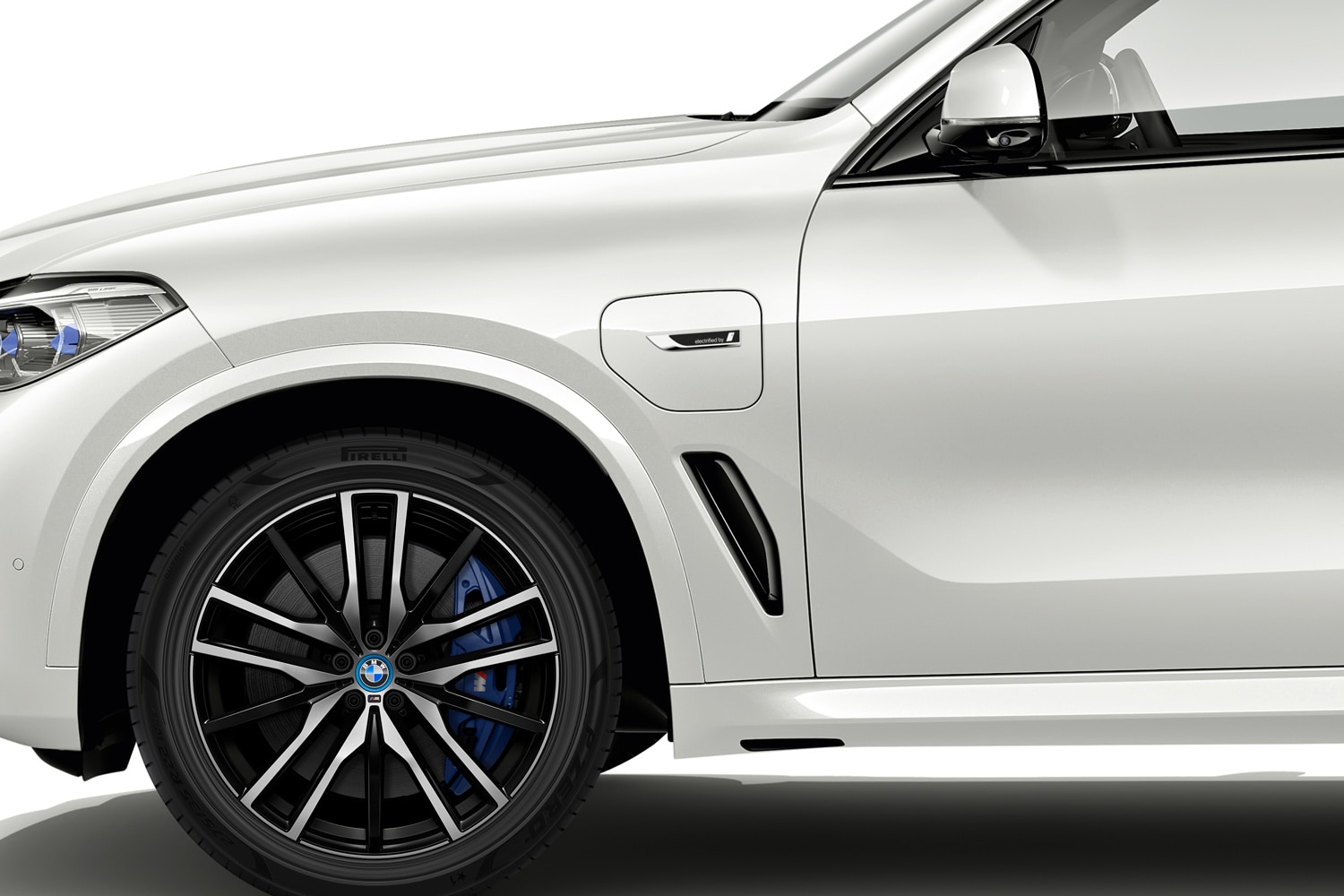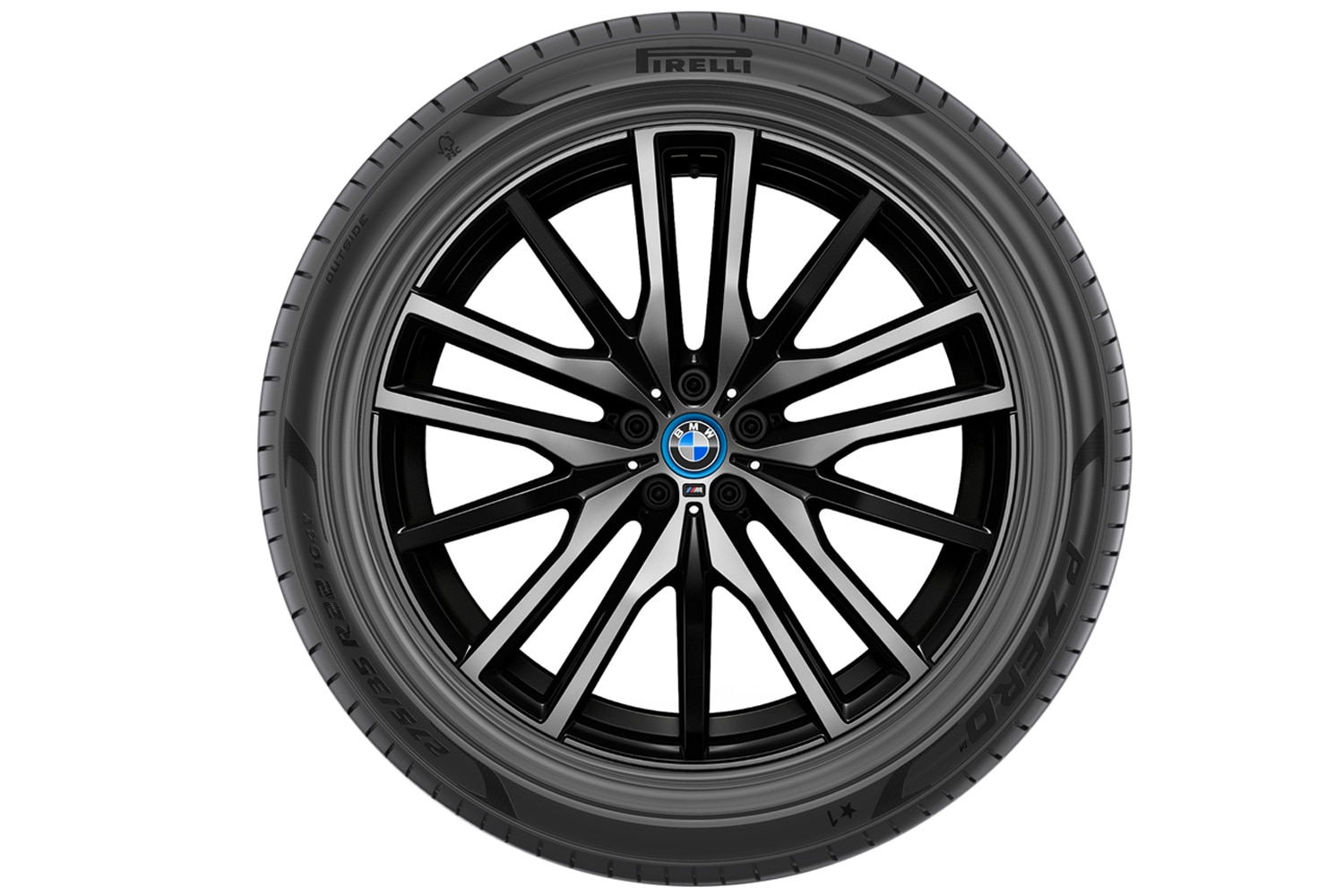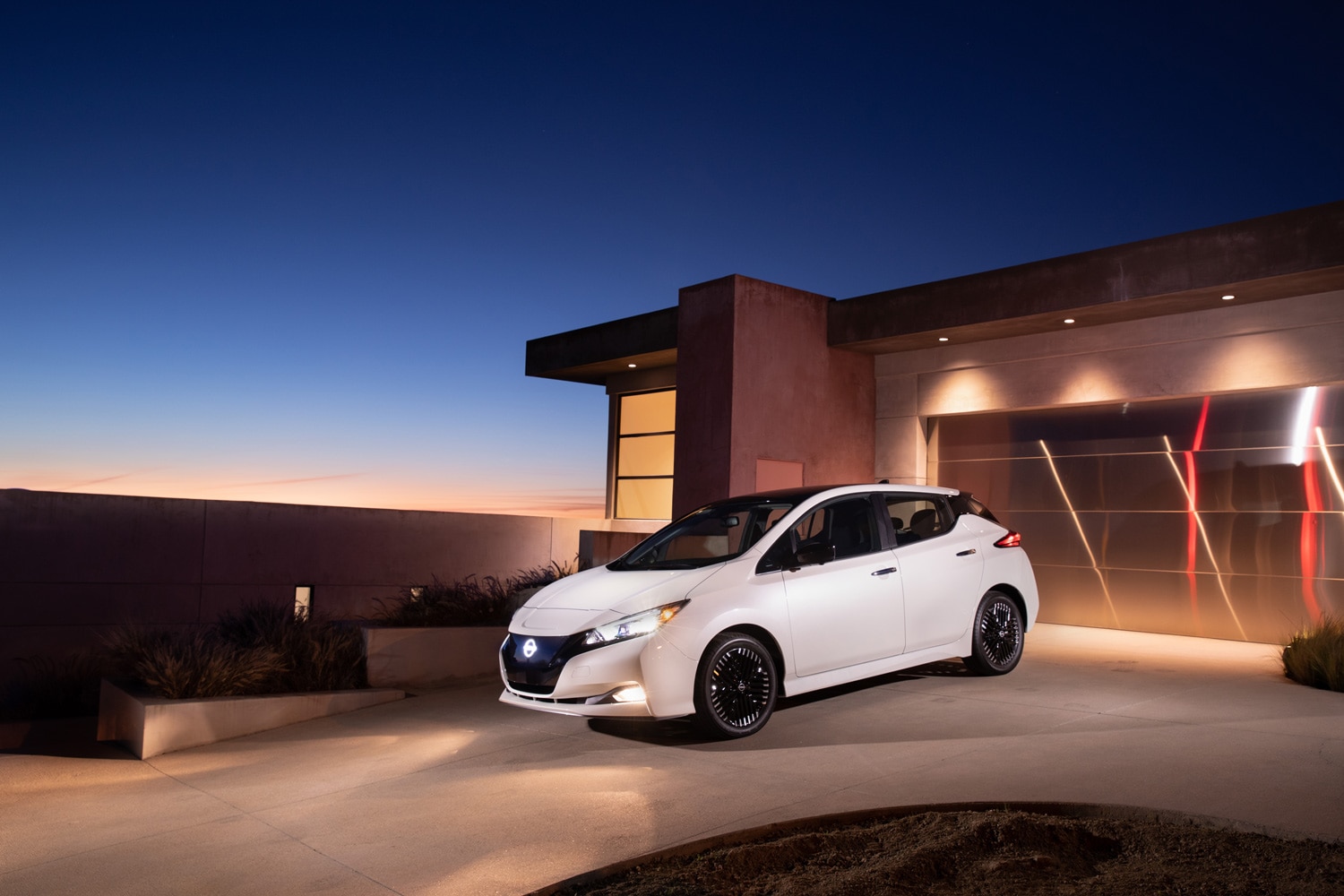Eco-Friendly Tires: What You Should Know
Rubber won't save the planet, but it can reduce energy use.
 Nissan
Nissan
What's black and round and green all over? While that may sound like the setup for a bad joke, it's an apt description of an eco-friendly tire. As fuel-economy rules get ever stricter, carmakers are continuously looking for ways to minimize the amount of energy lost in the operation of a vehicle. One such way is to work with tire suppliers to help eke out a little extra efficiency when it comes to putting the power down.
 BMW
BMW
Making a Green Tire
As with any tire, the construction, tread design, and materials all contribute to the strengths of an eco-friendly or green tire. Some highlights include the addition of silica fillers to reduce heat generation in the tire and the use of proprietary compound blends to reduce rolling resistance.
Although rubber can come from natural sources, its harvesting can have negative environmental impacts. In 2021, BMW became the first automaker to use Pirelli's new tires made with natural rubber and wood-based rayon certified by the Forest Stewardship Council for its X5 Plug-In Hybrids. Tiremakers are looking at more eco-friendly rubber sources, such as biomass, which is fuel made from wood and agricultural products.
 BMW
BMW
Manufacturers are also experimenting with ways to reduce reliance on or even eliminate the use of petroleum in tire making, including in the production of synthetic rubber that's used in most tires today. One day your electric vehicle's tires might be completely sustainable.
Tires can also be recycled to make many things, although the vulcanization process they go through — to harden the rubber for use — has prevented old tires from becoming new tires. That may change if new devulcanization processes become viable.
 Subaru
Subaru
Low Rolling Resistance Explained
Rolling resistance is, quite simply, a tire's resistance to rolling, or the force required to get it moving from a standstill. Resisting rolling, however, can be tricky, as the tire needs to retain the grip necessary for turning and stopping.
So-called low-rolling-resistance tires employ compounds and construction techniques to reduce the energy needed to get moving while keeping the tire safe in normal operation.
Fun fact: The first-generation Subaru BRZ sports coupe came with Michelin Primacy HP low-rolling-resistance tires in part because they allowed low speed, controllable slides that a grippier, performance-oriented tire would not.
 Michelin
Michelin
Examples of Eco-friendly tires
Fuel-saving tires often come as standard equipment on hybrid, plug-in hybrid, and electric vehicles. And that makes sense, given the lengths carmakers go to make those vehicles efficient.
But this category of tire is not limited to vehicles with an innate economy bent. The aftermarket provides many options for people looking to reduce their ride's rolling resistance. Such tires are usually not hard to identify, as their names tend to include the word "eco" or a reference to saving energy or fuel.
 Nissan
Nissan
Examples include Bridgestone Ecopia, Continental EcoContact, Michelin Energy Saver A/S, and Goodyear Assurance Fuel Max. If you aim to save fuel and reduce your environmental impact, consider making your next tire a green one.
Written by humans.
Edited by humans.
 David Gluckman
David GluckmanDavid Gluckman has over a decade of experience as a writer and editor for print and digital automotive publications. He can parallel park a school bus, has a spreadsheet listing every vehicle he’s ever tested, and once drove a Lincoln Town Car 63 mph in reverse. When David’s not searching for the perfect used car, you can find him sampling the latest gimmicky foodstuffs that America has to offer.
Related articles
View more related articles